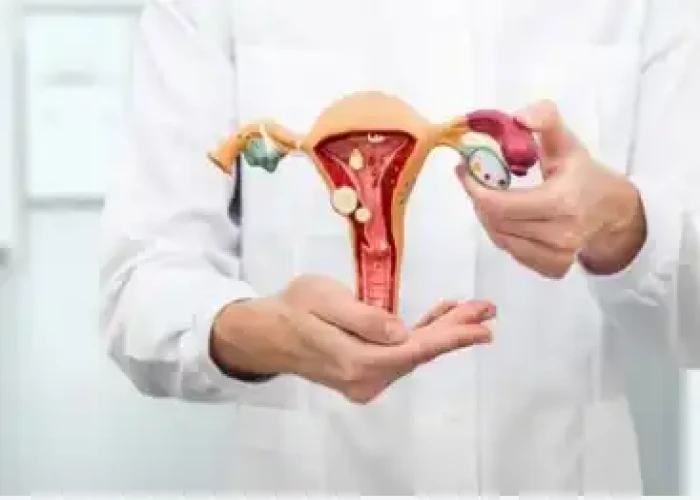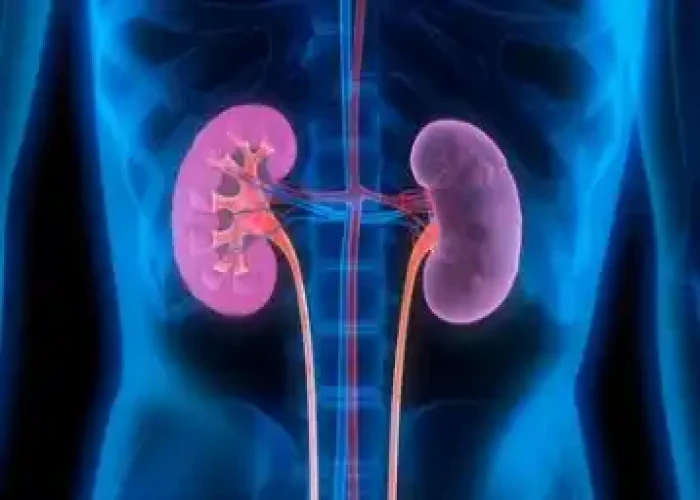 Welcome
Welcome
“May all be happy, may all be healed, may all be at peace and may no one ever suffer."
Colic - Yoga remedies
Colic is a term used to describe excessive crying and fussiness in infants that is not related to a specific medical condition. Colic is a common problem, affecting up to 40% of infants, and typically begins around 2-4 weeks of age, peaking at 6-8 weeks, and resolving by 3-4 months of age.
The exact cause of colic is unknown, but it may be related to immature digestive systems, changes in feeding patterns, or an inability to self-regulate their own nervous system. Other possible contributing factors include parental stress, family history, and environmental factors.
Symptoms of colic include excessive crying that typically occurs in the late afternoon or evening, episodes of inconsolable crying, pulling the legs up to the stomach or arching the back, and difficulty sleeping or feeding. Infants with colic may also have a bloated stomach, pass gas frequently, and have difficulty passing stool.
There is no specific treatment for colic, but there are several strategies that may help soothe a fussy baby. These include rocking, swaddling, using a pacifier, playing white noise, and taking the baby for a walk or car ride. Parents may also try adjusting the baby's diet or feeding schedule, and seeking support from friends, family, or a healthcare professional.
In some cases, colic may be a sign of an underlying medical condition, such as gastroesophageal reflux disease (GERD) or lactose intolerance. If colic symptoms persist or are accompanied by other symptoms, such as fever, vomiting, or blood in the stool, parents should seek medical attention.
In summary, colic is a common problem in infants characterized by excessive crying and fussiness that typically begins around 2-4 weeks of age and resolves by 3-4 months of age. The exact cause of colic is unknown, and there is no specific treatment, but several strategies may help soothe a fussy baby. If colic symptoms persist or are accompanied by other symptoms, parents should seek medical attention.

Predominant discharge

Uterine displacement

Acid reflux

Kidney failure

Pox

Fever

Digestive system is weak

Tolami
Colic, শূলব্যাধি
To be happy, beautiful, healthy, wealthy, hale and long-lived stay with DM3S.
